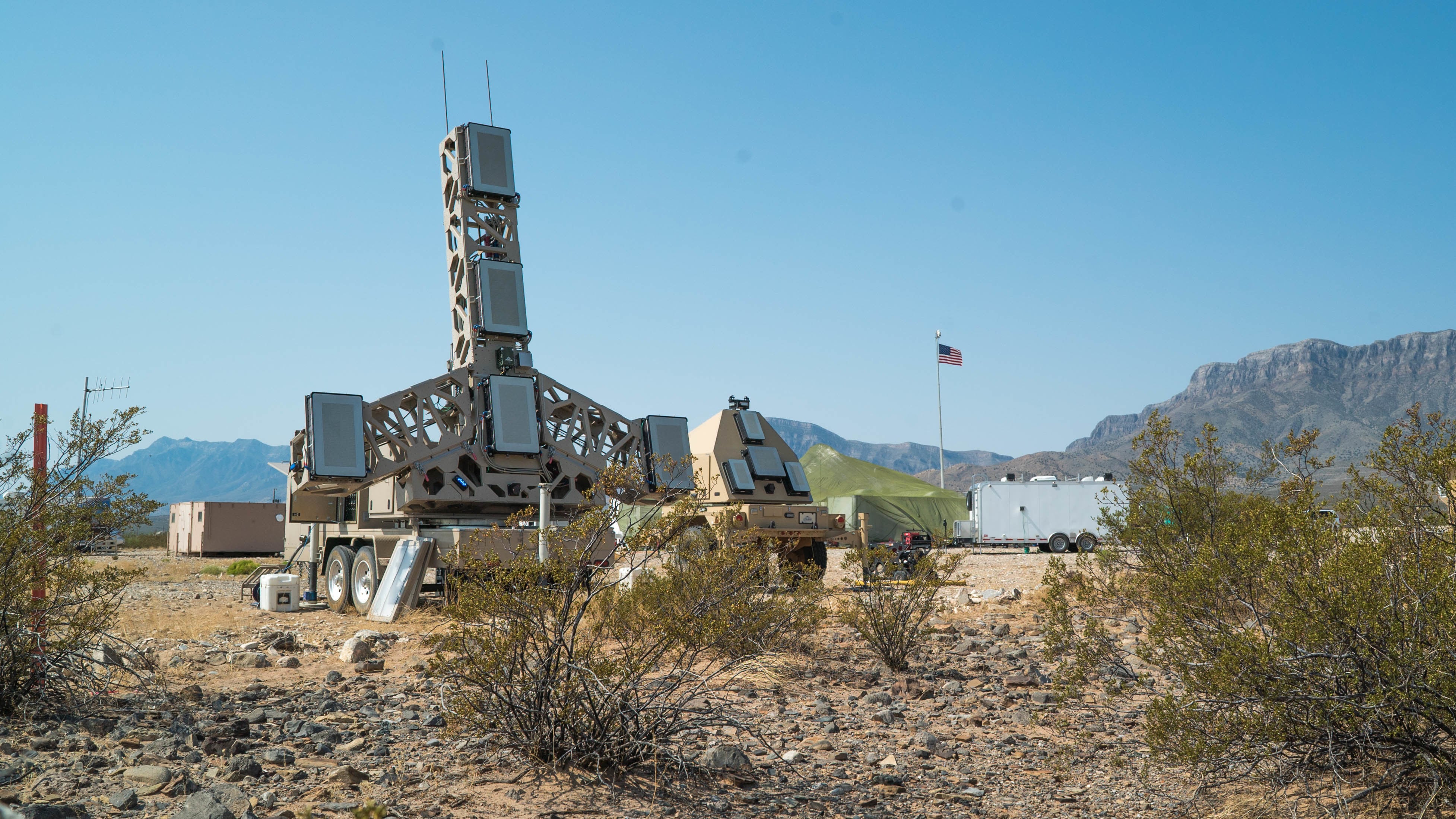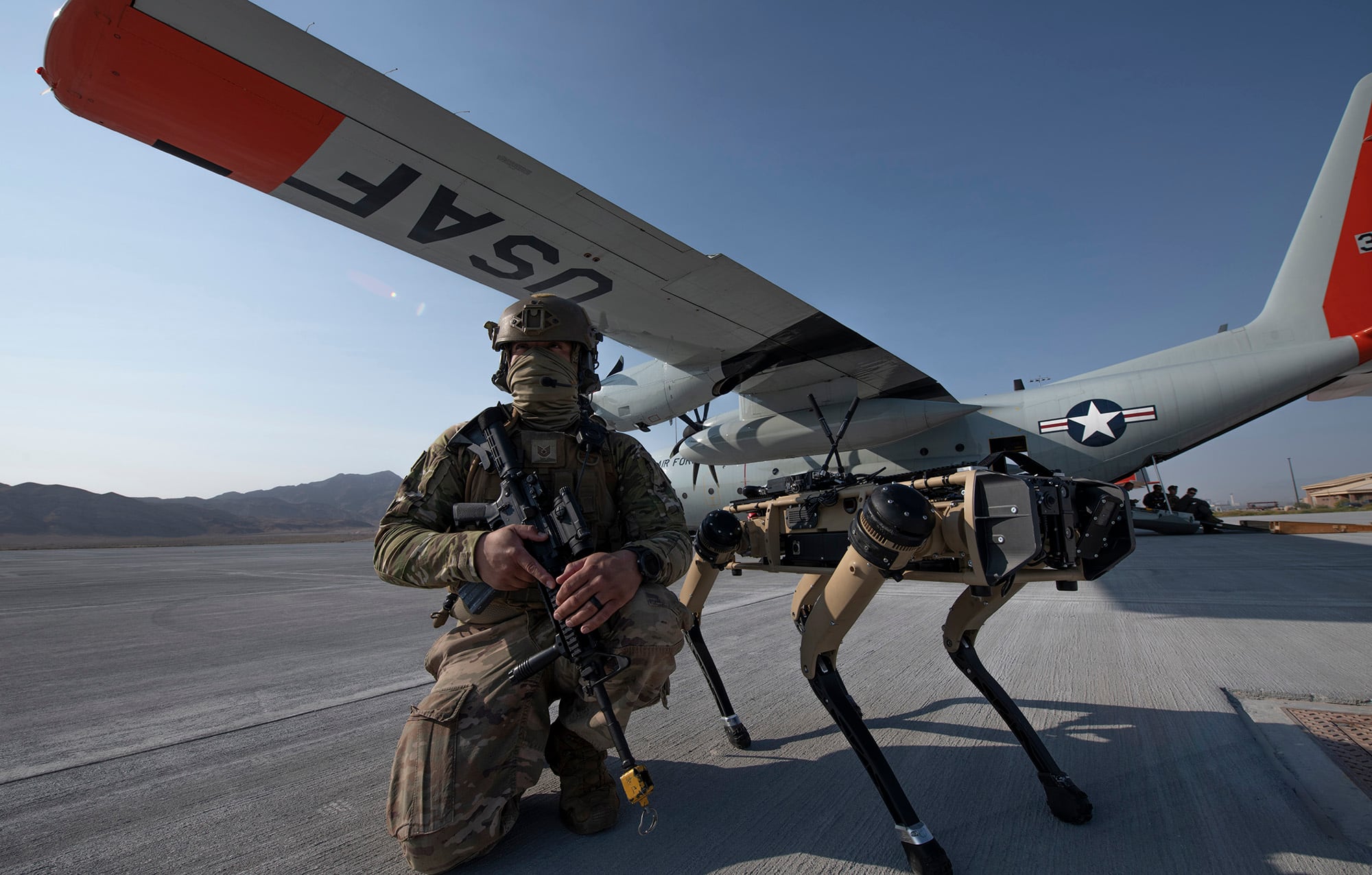WASHINGTON — The massive efforts being waged by U.S. military services to realize Joint All-Domain Command and Control are disconnected, likely hobbling the Pentagon’s overhaul of battlefield communications, according to the principal cyber adviser for the Air Force and Space Force.
“Every service has their own interpretation of JADC2,” Wanda Jones-Heath said July 26 at an event hosted by the Potomac Officers Club, adding that they are “all different.”
“I’ve looked at all of the documentation associated with all three,” she said. “We are not aligned with what we need to be to be interoperable.”
Jones-Heath advises the Air Force secretary on all cyber programs. She also oversees cyberspace recruitment and the training of cyber mission forces, as well as assessing their readiness. She previously served as a chief information security officer.
To make JADC2 a reality, the Army, Air Force and Navy have taken their own tack.
The Army has Project Convergence, a crucible at which cutting-edge technologies are put to the test. This year’s event, PC 22, will include international players, both participating and observing. The Air Force has the Advanced Battle Management System, a next-generation command and control that Air Force Secretary Frank Kendall has sought more tangible results from after expressing doubts in 2021. And the Navy has Project Overmatch, arguably the most clandestine of the bunch, as officials rarely disclose information about it.
A formal strategy, an implementation plan and a cross-functional team are also meant to help bring the concept to fruition. A public version of the strategy was published in March. The implementation plan was approved by Deputy Secretary of Defense Kathleen Hicks that same month.
RELATED

Jones-Heath’s comments are the among the latest doubts raised about JADC2 feasibility and execution — how, exactly, three multibillion-dollar endeavors, each with their own idiosyncrasies, will coalesce to create seamless streams of information flow across land, air, sea, space and cyber.
Lawmakers in versions of the annual defense bill this year sought a review of JADC2 price and progress; a digest of timelines, goals and potential shortfalls; as well as related investment in the Indo-Pacific, where a joint headquarters alongside a combatant command could soon rise.
House staff have said audits will help gauge the state of play and will inform where and when resources are applied.
Assistant Secretary of the Army for Acquisition, Logistics and Technology Doug Bush on July 11 floated the idea of a dedicated office that could organize JADC2 efforts. He likened it to the Army’s counter-unmanned aircraft systems office, which he said “actually helps prioritize our investments from a joint perspective” and makes sure requirements align.
Jones-Heath on Tuesday similarly said a unifying force is necessary.
“Someone needs to just push us where we need to go,” she said, “because we are way out here.”
Colin Demarest was a reporter at C4ISRNET, where he covered military networks, cyber and IT. Colin had previously covered the Department of Energy and its National Nuclear Security Administration — namely Cold War cleanup and nuclear weapons development — for a daily newspaper in South Carolina. Colin is also an award-winning photographer.








